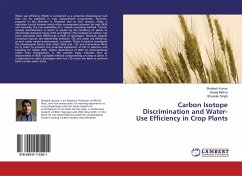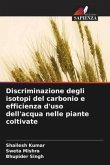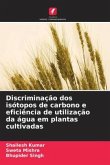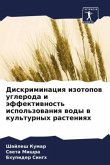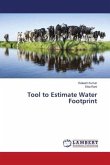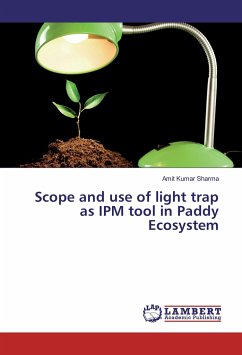Water use efficiency (WUE) is considered as a potential physiological trait that can be exploited in crop improvement programmes. However, progress in this direction is hindered due to two reasons, firstly, a reduction is total biomass which often accompanies selection for high WUE and secondly, the non-availability of a reliable screening method. Carbon isotope discrimination ( ) which is caused by the tendency of plants to discriminate between heavy (13C) and lighter (12C) isotopes of carbon, has been associated with differences is WUE of genotypes. However, despite numerous reports, the relationship between 13C and water use efficiency, as such under varied environments, is unclear. There is need to investigate the physiological factors that affect WUE and 13C and interactions there on in order to enhance the potential application of CID in selection and breeding for higher WUE. Higher dependence of WUE on photosynthesis rather than transpiration, in the present study indicates that an improvement in WUE is possible without compromising on mass or yields. It is advocated to select genotypes with low CID, these are likely to perform better under water stress.

